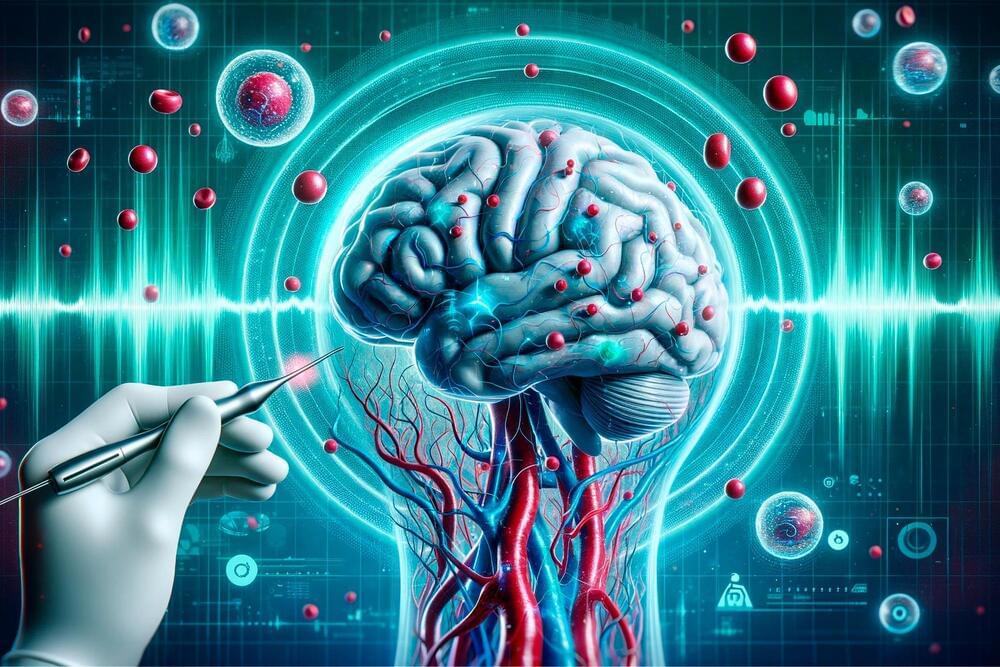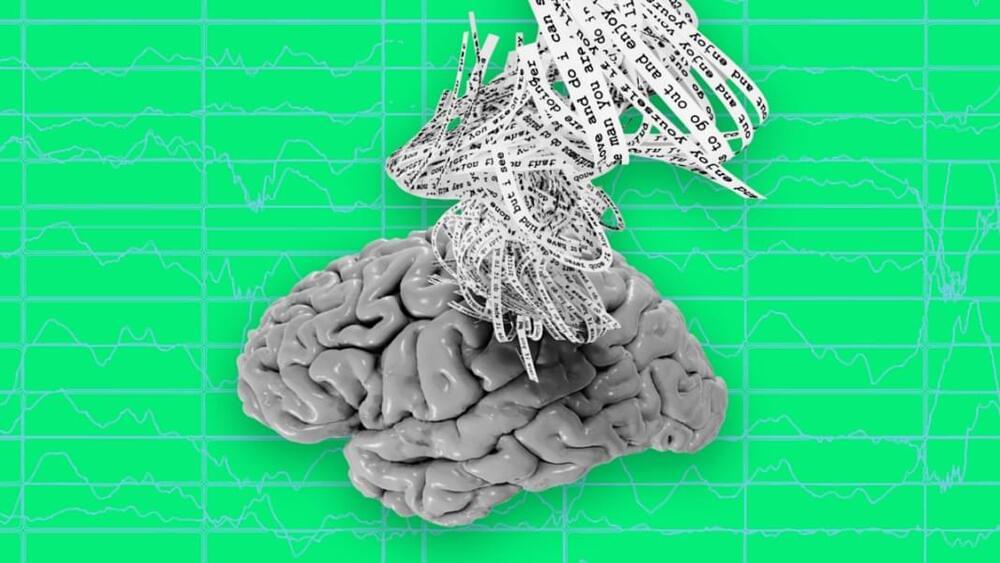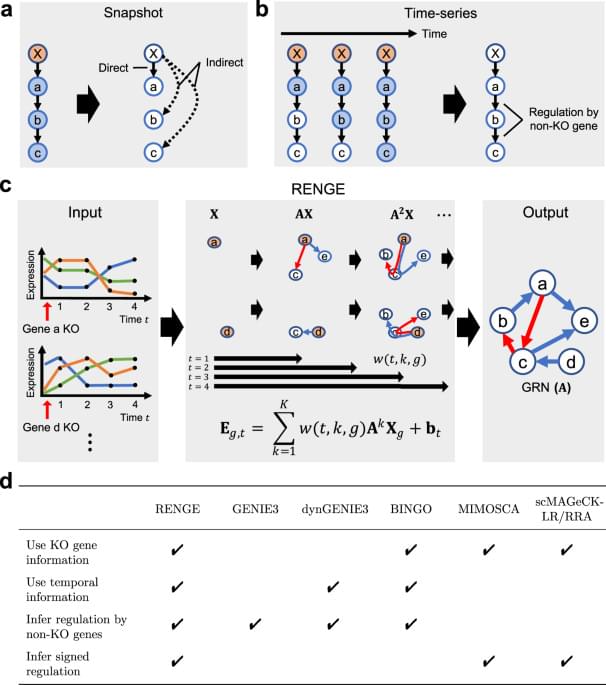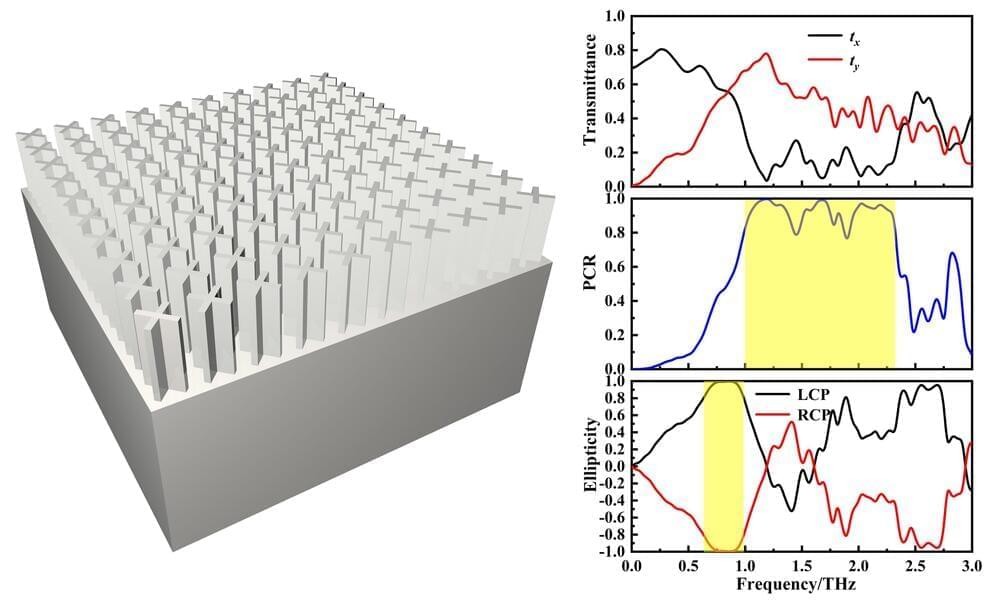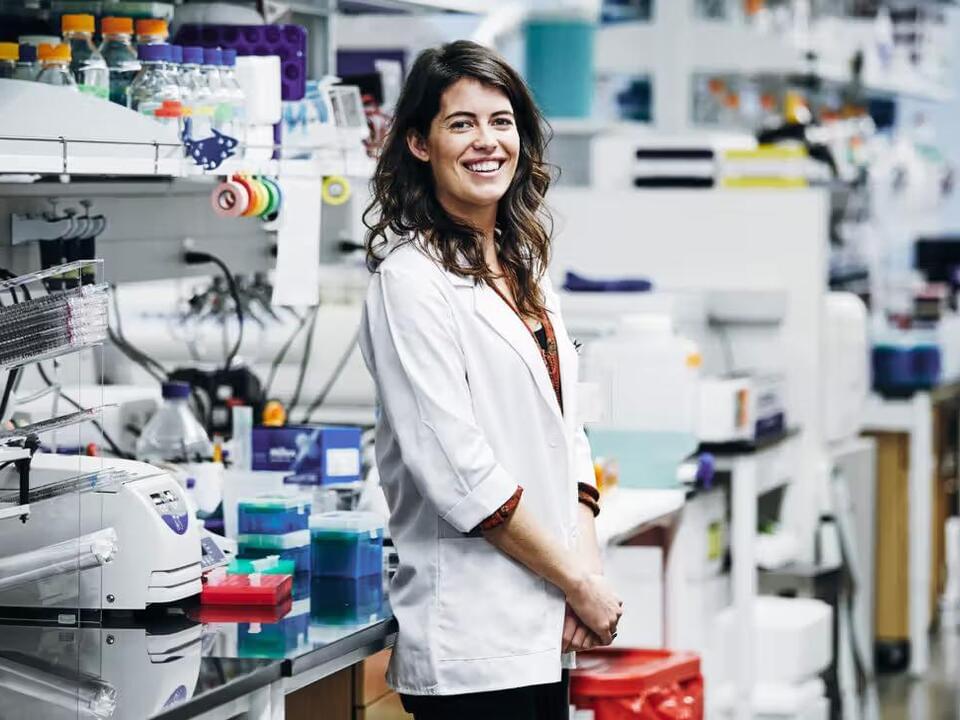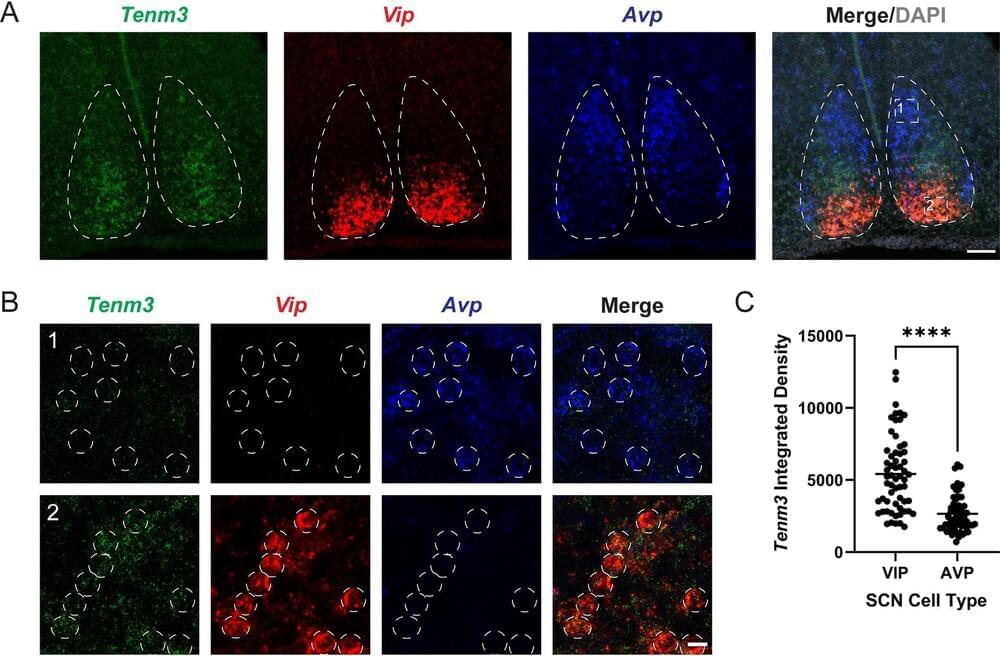For decades, a substantial number of proteins, vital for treating various diseases, have remained elusive to oral drug therapy. Traditional small molecules often struggle to bind to proteins with flat surfaces or require specificity for particular protein homologs. Typically, larger biologics that can target these proteins demand injection, limiting patient convenience and accessibility.
In a new study published in Nature Chemical Biology, scientists from the laboratory of Professor Christian Heinis at EPFL have achieved a significant milestone in drug development. Their research opens the door to a new class of orally available drugs, addressing a long-standing challenge in the pharmaceutical industry.
“There are many diseases for which the targets were identified but drugs binding and reaching them could not be developed,” says Heinis. “Most of them are types of cancer, and many targets in these cancers are protein-protein interactions that are important for the tumor growth but cannot be inhibited.”


